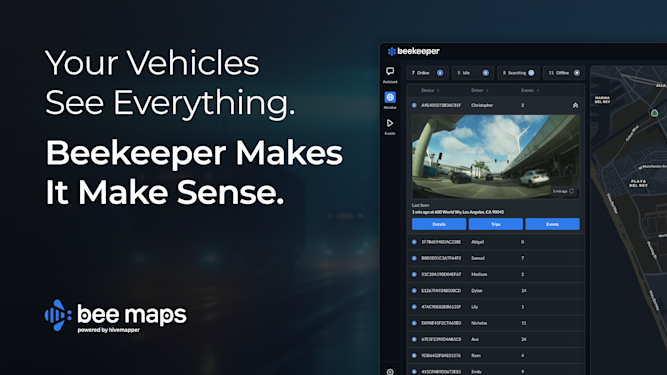The Latest Buzz
What is a Planned City and Why Do They Make Infrastructure Monitoring Easier?

Overview
Not all cities were created equal. Some have had the impediment of experiencing hyper growth that decreased the effectiveness of the original city plan. But there are many that reaped the benefit of proactive planning and will thought out infrastructure placement. Lets see how this impacts city maintainability.
What is a Planned City?
A planned city is designed with a strategic layout that dictates where residential areas, commercial zones, parks, and industrial spaces will be located. This planning is often done to ensure efficient land use, seamless traffic flow, and access to essential services.
- Clear Zoning: Zoning regulations in planned cities separate areas for housing, businesses, and industry, ensuring organized growth.
- Examples: Cities like Brasília, Brazil, and Chandigarh, India, are prime examples of planned cities, built with specific urban designs that aim for balance and accessibility.
How Does a Planned Layout Help with Infrastructure Monitoring?
The structured design of planned cities makes infrastructure monitoring simpler. It allows city planners to manage and maintain the city's core systems with greater ease.
- Efficient Road Networks: The predictable street layouts, such as grids or radial designs, make it easier to assess and manage road conditions, ensuring smooth traffic flow and quick repairs.
- Strategic Utility Placement: Utilities like water and power lines are laid out systematically, reducing overlap and making it easier to address issues without affecting other services.
- Smart Technology Integration: Many planned cities incorporate sensors and data collection points during construction, allowing real-time monitoring of traffic, water levels, and even energy consumption.
What Are the Key Benefits of Monitoring Infrastructure in Planned Cities?
Planned cities offer several advantages when it comes to managing infrastructure, such as improved efficiency and lower costs.
Repairs get done faster:
A systematic layout allows for quick identification and repair of problems, minimizing disruptions to daily life.
Well planned infrastructure realizes cost savings from proactive maintenance work:
Maintenance becomes less costly because the organized design reduces the complexity of fixing issues like pipe leaks or electrical faults. For example, a main sewage lateral would be place strategically in a dedicated accessible area and
Safety is also improved from planning around known dangers :
Monitoring systems in planned cities can quickly detect potential hazards like flooding or road damage, allowing for faster response times.
Need a solution for tracking infrastructure in planned urban areas? Bee Maps provides a consistent source of street-view imagery to help cities monitor and maintain their essential services more effectively. Contact us to learn how we can support your city’s growth!
Share Post


